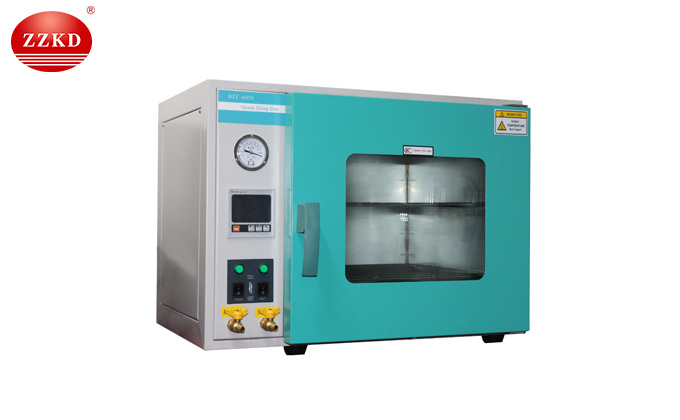
High-efficiency vacuum dryers are essential tools in modern laboratories and industrial settings, designed to meet the precise requirements of drying, thermal treatment, and dehumidification of heat-sensitive materials. These devices create an optimal experimental environment, preventing sample oxidation and ensuring the accuracy of experimental results. This article delves into the technical principles of vacuum degree in high-efficiency vacuum dryers, their development background, performance characteristics, material composition, and safety features.
The vacuum degree is a critical parameter that determines the efficiency and effectiveness of a vacuum dryer. It refers to the pressure level inside the chamber, typically measured in millibars (mbar) or Pascals (Pa). A higher vacuum degree means lower pressure, which reduces the boiling point of water and accelerates the drying process. For instance, at a vacuum level of 10 mbar, water boils at around 45°C, significantly reducing energy consumption and preserving the integrity of sensitive samples.

High-efficiency vacuum dryers were developed to address the limitations of traditional drying methods, especially in handling heat-sensitive materials such as pharmaceuticals, biological samples, and electronic components. By maintaining a controlled vacuum environment, these dryers prevent contamination, oxidation, and degradation, making them ideal for applications in research, quality control, and production processes.
These dryers are widely used in various industries, including:
High-efficiency vacuum dryers offer exceptional performance in terms of temperature range, vacuum degree, and drying speed. The typical temperature range of these devices is from 30°C to 300°C, with precise temperature control and uniform heat distribution. The vacuum degree can be adjusted between 0.1 mbar and 1000 mbar, depending on the application needs.
A table summarizing key performance parameters is shown below:
| Parameter | Value |
|---|---|
| Temperature Range | 30°C - 300°C |
| Vacuum Degree | 0.1 mbar - 1000 mbar |
| Drying Speed | Up to 50% faster than conventional dryers |
| Energy Efficiency | 20% - 30% more efficient |
The construction of high-efficiency vacuum dryers includes advanced materials to ensure durability and performance. The chamber is often made of stainless steel, specifically French stainless steel, known for its corrosion resistance, strength, and ease of cleaning. Additionally, CE-certified insulation materials are used to enhance thermal efficiency and safety.

The 24L chamber capacity provides flexibility for a wide range of applications. It is suitable for small to medium-scale experiments, allowing researchers to process multiple samples simultaneously without compromising performance. This capacity also supports scalability, making it ideal for both laboratory and pilot production environments.
Safety is a top priority in the design of high-efficiency vacuum dryers. Key safety features include:
These features ensure safe operation even under unexpected conditions, protecting both the equipment and the samples.
By integrating high-efficiency vacuum dryers into laboratory workflows, users can significantly improve productivity and research outcomes. The combination of precise control, fast drying, and enhanced safety ensures reliable and repeatable results. This not only saves time but also enhances the overall quality of scientific investigations and industrial processes.
For businesses looking to optimize their operations and elevate their research capabilities, investing in a high-efficiency vacuum dryer is a strategic decision. With its robust design, advanced technology, and user-friendly features, this equipment offers a comprehensive solution for a variety of drying and thermal treatment applications.

